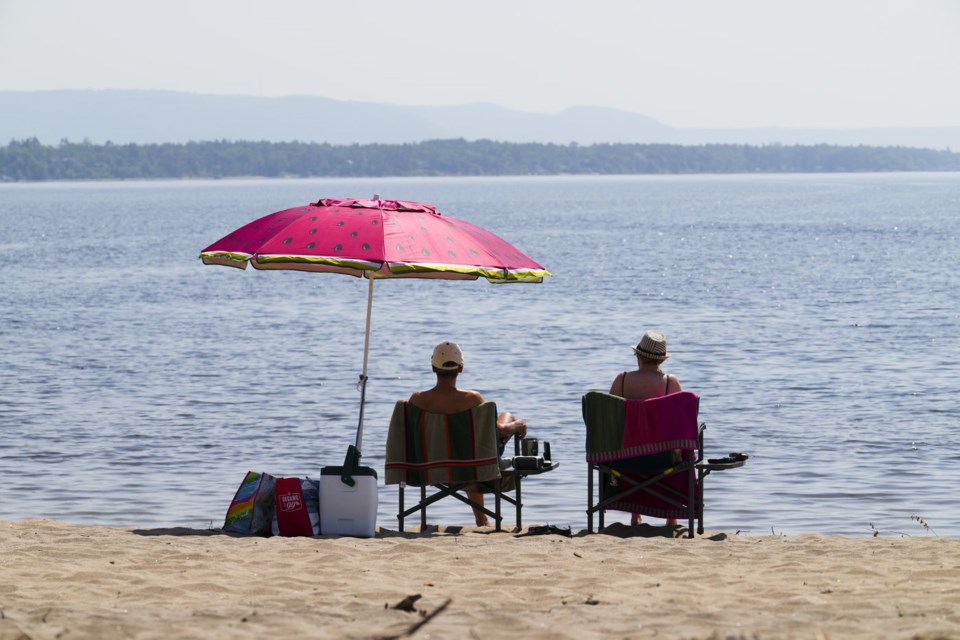Get ready to feel the heat, Canada.
The Weather Network is predicting more sunshine and warmer temperatures for the summer.
The weather broadcaster's annual summer forecast released Wednesday indicates Canada will be blanketed in heat over the next three months as the country sees fewer rainy days and several regions experience humid conditions.
"We'd be very surprised, very surprised, if this didn't turn out overall as a warm summer," Chris Scott, the Weather Network's chief meteorologist, said in an interview.
The broadcaster expects Ontario and Quebec to face periods of cooler weather in June, but the heat will eventually pick up, producing "a very hot and humid" summer with a heightened risk of extended heat waves.
"Summer should come on very strong in July and August and even linger right through into September, so if you invested in a pool, this is when it should really pay off," Scott said.
Canadians in the Atlantic provinces will similarly see warm conditions with the heat expected to peak in July and August.
However, the Atlantic provinces are also facing a "big wild card": hurricanes and other harsh storms that are on Scott's radar for the U.S.
"Atlantic Canada, of course, is in the line of fire," he said.
"We're kind of like the exhaust pipe for storms that come up from the south and if that pipe is aimed in just the wrong direction, that's going to hit us."
In Canada's northern regions, it's not hurricanes but wildfires and poor air quality that could be the theme as western Nunavut and eastern Northwest Territories face a warm summer and dry conditions.
Wildfires and smoke risks are also top of mind in the Prairies, where drought is a major concern, and a very warm summer is expected across Saskatchewan and Manitoba.
Alberta, however, will see a "typical" summer and many regions could get a break from severe dry periods if an active storm south of the border shifts north, bringing rain totals to near normal.
Precipitation levels in recent months bode well for farmers, Scott added.
"This winter was not looking good," he said.
"We didn't have a lot of snowfall, but Mother Nature turned on the taps and we've got a quite a bit of moisture lately, so we're going into the growing season in better shape than it was looking like just a few months ago."
Relief is also in sight for British Columbia, where heat is forecast to be "less persistent and less severe" than it has been in the past few years.
Though dry periods are anticipated, scattered showers and thunderstorms are expected to be more numerous and widespread than in past years.
"Back three years ago, we had the devastating heat wave in B.C." Scott said.
"While we can't rule out the risk of heat wave, this does not look like a record hot summer for B.C., which I think is pretty good news for most people."
This report by The Canadian Press was first published May 29, 2024.
Tara Deschamps, The Canadian Press



